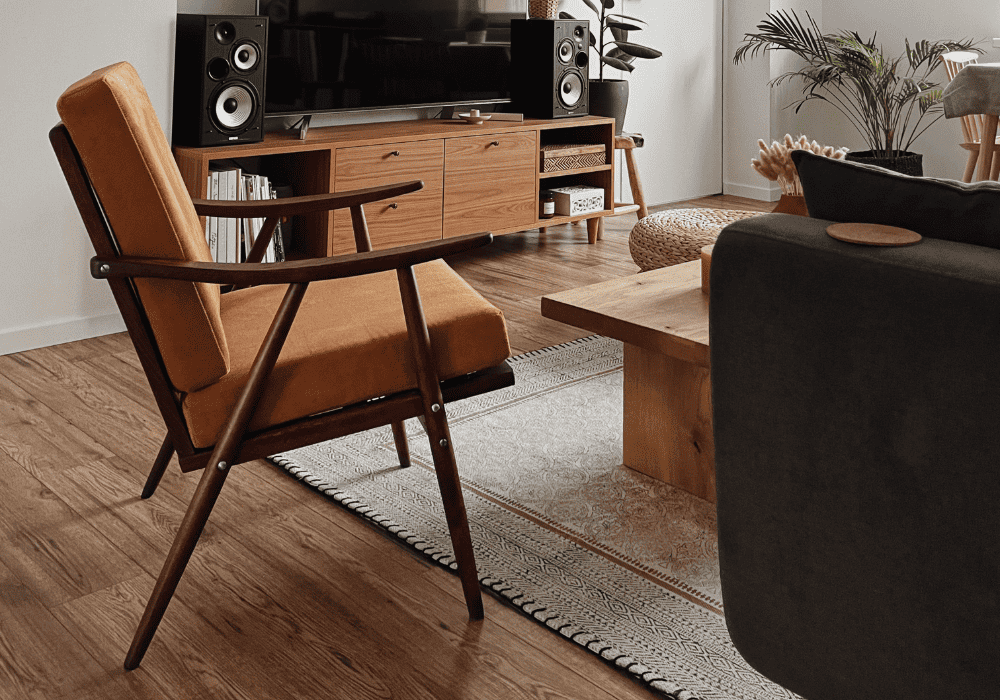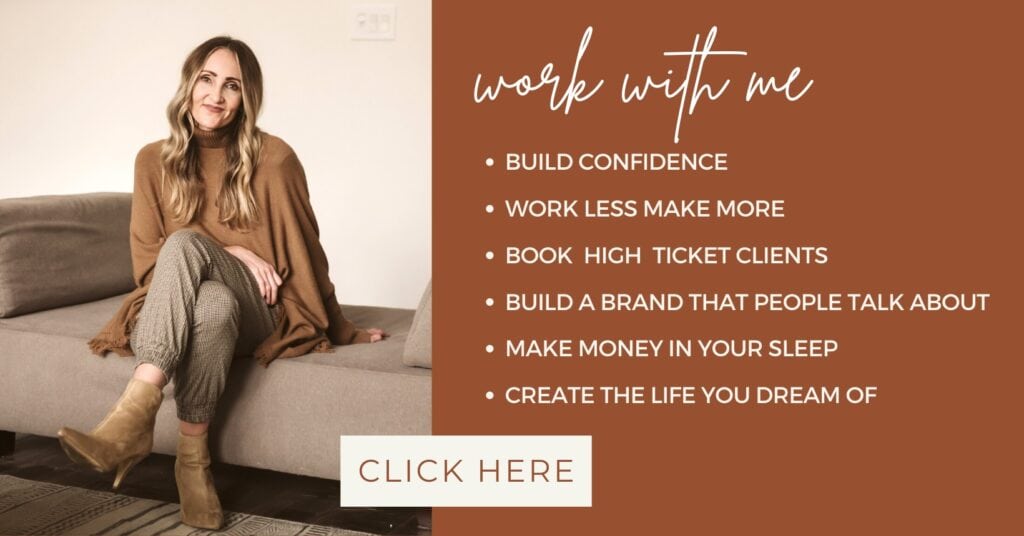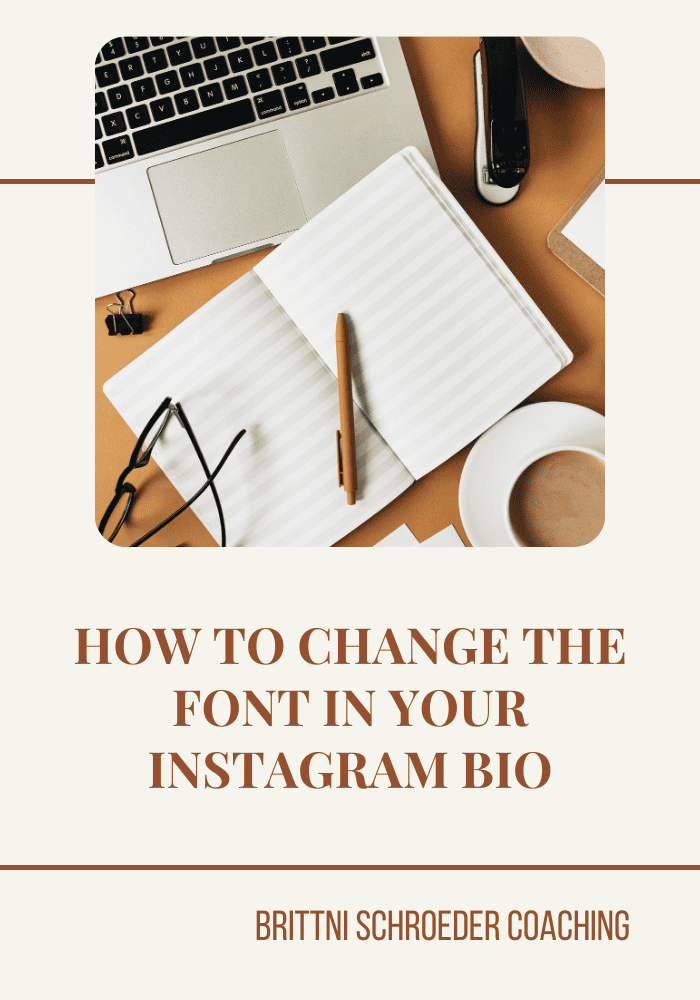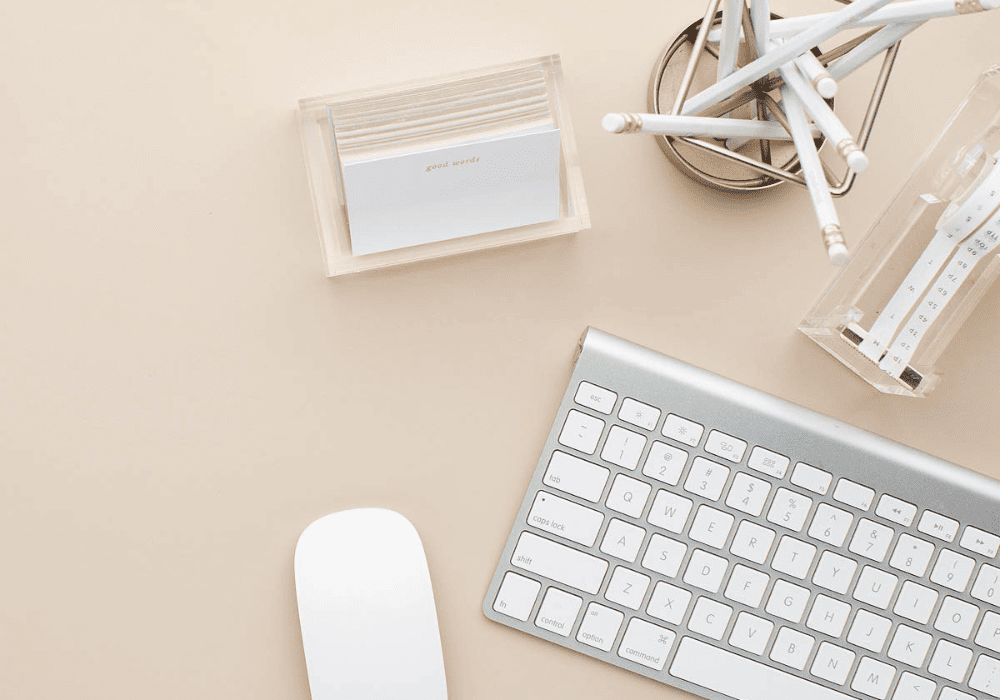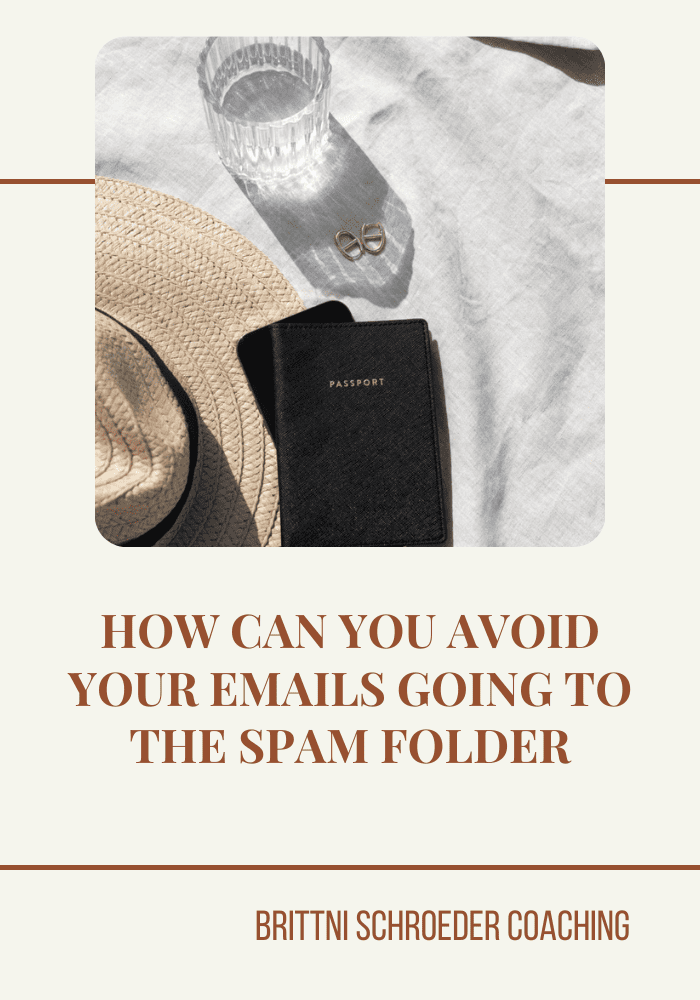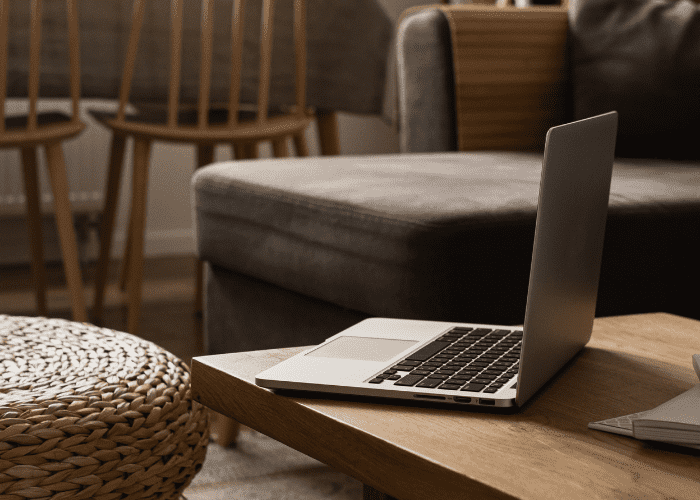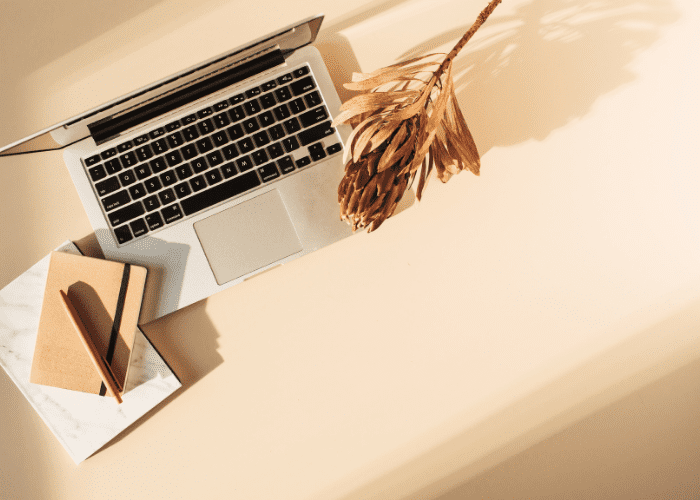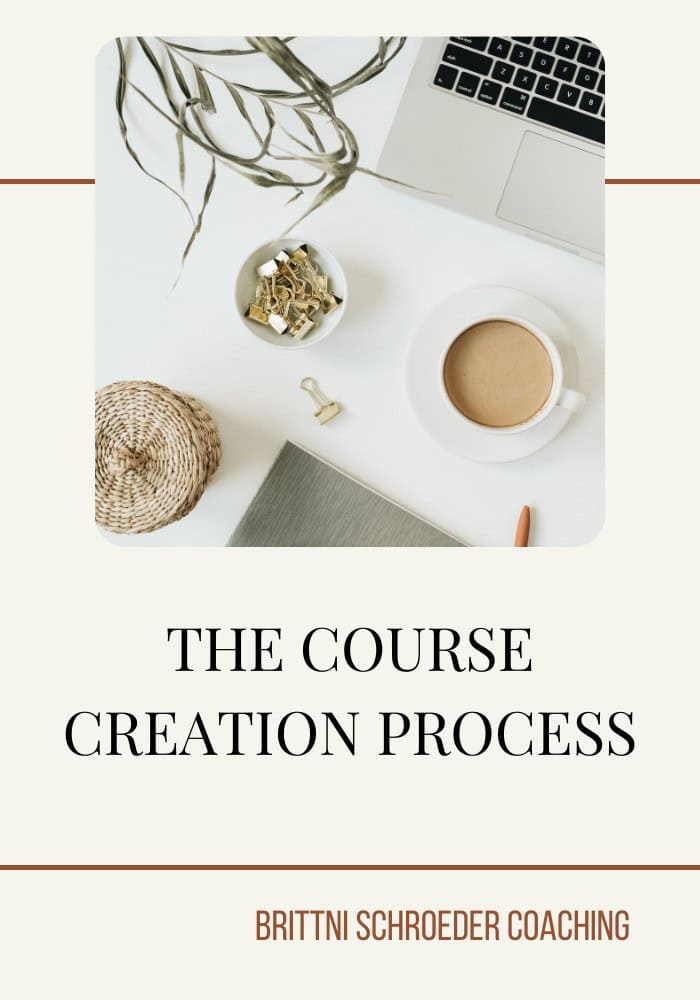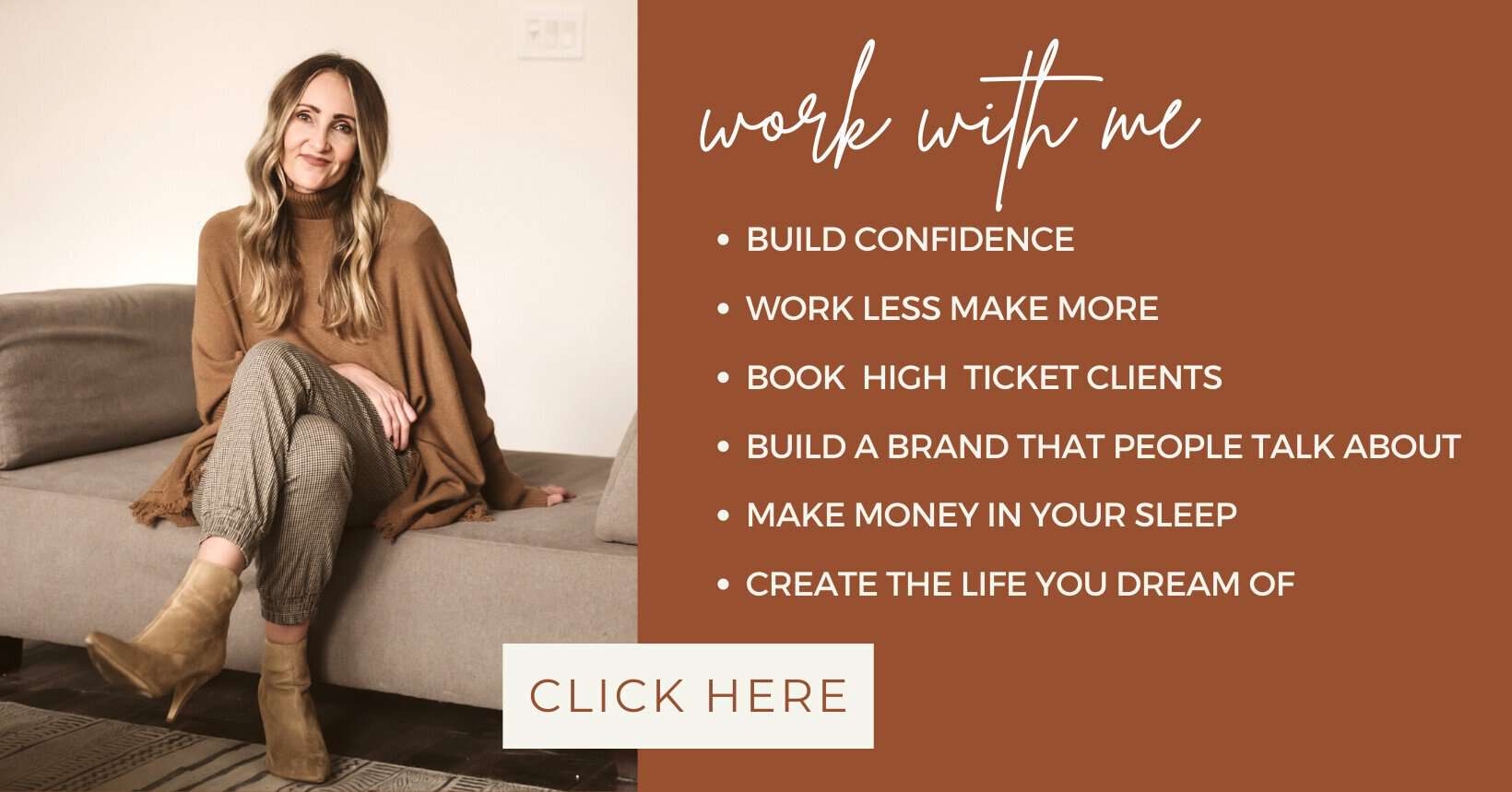brittni schroeder
BLOG
Brittni Schroeder Coaching
3 SYSTEMS EVERY
ENTREPRENEUR NEEDS

As an entrepreneur, running a successful business requires more than just a great idea and hard work. It also requires effective systems that streamline your operations and help you stay organized. Over the last 15 years, I’ve learned that in order to scale and grow, I need systems. In this blog post, we’ll explore 3 essential systems every entrepreneur needs in their business: databases to track content, email automations, and standard operating procedures.
When you build your business foundations effectively, you can focus on the things you enjoy the most in your business. These systems will not only save you time and effort, but they’ll also increase productivity, which translates into making more and working less.
Databases to Track Content
Content is the lifeblood of many businesses today, whether it’s blog posts, social media updates, or podcasts. For you to effectively manage your content and maximize its impact, having an organized database system is crucial.
Here’s why:
- A database allows you to store all your content in a centralized location, making it easily accessible to you and/or your team. This ensures easy access to all of your content and information.
- With a well-structured and organized content database, you can categorize and tag your content, making it easier to find specific pieces when you need them. This saves time, avoids duplication of effort, and ensures your content is being repurposed on all applicable platforms.
- Tracking the performance of your content is vital to understand what resonates with your audience. By utilizing a database system, you can record key metrics — such as views, engagement, and conversions — providing valuable insights for future content strategies.
Email Automations
Email marketing remains one of the most effective tools for engaging with your audience and nurturing leads. However, manually sending individual emails can quickly become overwhelming and time-consuming.
Implementing an email automation system offers several advantages:
- Personalization: With email automation, you can create personalized email sequences based on user behavior, needs, or specific actions they take on your website. This level of personalization strengthens customer relationships and increases the chances of conversions.
- Time Efficiency: Automation allows you to schedule emails in advance, ensuring timely delivery without manually doing it yourself. This frees up your time to focus on other aspects of your business.
- Lead Nurturing and Sales Funnel Optimization: An email automation system enables you to design effective lead nurturing campaigns. By strategically sending relevant content to prospects at different stages of the sales funnel, you can guide them toward making a purchase decision.
Standard Operating Procedures (SOPs)
Consistency and efficiency are the cornerstones of a successful business. Developing and implementing standard operating procedures (SOPs) ensure that your team members follow predefined processes, leading to improved productivity and reduced errors.
Here’s why SOPs are essential:
- SOPs provide a roadmap or checklist for recurring tasks and activities in your business. This allows you to replicate successful processes and easily train new team members, ensuring consistency and enabling efficient scalability.
- SOPs establish guidelines and quality standards for your business operations. By defining step-by-step procedures, you reduce the chances of errors, enhance customer satisfaction, and maintain a high level of service or product quality.
- SOPs allow you and team members to be more intentional with your time. When a SOP is in place, you have the guidelines and instruction to know exactly what you need to do and how to do it. You have the ability to get right to work and will have fewer distractions.
Implementing these three essential systems in your business — databases to track content, email automations, and SOPs —will undoubtedly bring numerous benefits. Streamlining content management, enhancing customer communication, and establishing efficient processes are critical steps toward growing your business effectively. Invest the time and effort to integrate these systems into your operations, and you’ll set the stage for long-term success as an entrepreneur.
